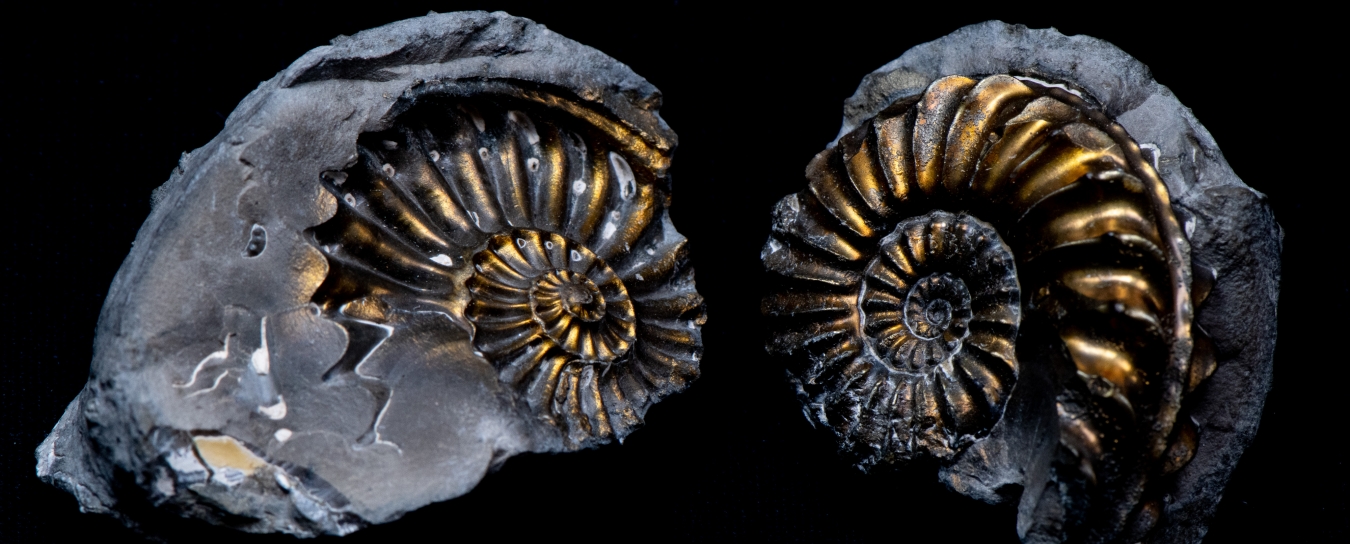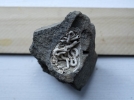
Rocks & Fossils
Check out our rock and fossil FAQ for smart collecting tips, information about some local rock formations, and advice about fossil eggs and meteorites.
- Anthropology
- Rocks & Fossils
- Invertebrates
- Vertebrates
- Botany
- Astronomy
- Fungi
- General
- Recently Asked
Is this a fossil?
Hi,
My seven-year-old daughter has asked me many times, "Is this a fossil?', and sadly I am never able to answer.
I have attached pics of three different rocks.
The first is from a beach in Ventura. The second is from Ojai. The third is from the town of Southerness in Scotland.
Can you shed any light on this?
Many thanks.




Curator Response
Hi Andy,
As far as we can tell from your excellent pictures (thanks for the scale), one of these is definitely fossiliferous (with impressions of multiple forms of ancient life), another shows signs of modern lifeforms, and the other is a cool-looking rock, without signs of life.
The one you found on the beach in Ventura shows tube worm casings (the big tubes) and bryozoan remnants (the little honeycomb-like structures) embedded in what appears to be the space left behind in rock by a boring clam. Check out some of the boring clams in our collection in this video at about 19 minutes in. They are anything but boring, some of our favorite local organisms. This is probably a piece of Monterey Shale, the relatively soft and fossil-fuel-bearing local formation into which both clams and oil rigs drill. The rock is relatively young: the formation was laid down just 17 to 5 million years ago. The animals appear to have made their mark on this rock in modern times.
The rock from Ojai doesn’t appear to have any fossils or lifeforms embedded there, but it looks like it might be deeply oxidized sandstone.
The rock from Scotland is definitely showing off some fossils! This looks like it comes from a formation of carbonate minerals and it’s clearly steeped in crinoid fossils. Crinoids were much more abundant in ancient seas; they are weird, feathery, flowery-looking animals in Echinodermata, the group of bumpy and pointy organisms that includes sea urchins, sea cucumbers, and sea stars. We love that one crinoid stem seen on this fossil has been offset by a bright vein of quartz (the part that looks like a string of beads broken by a thick white line). You can tell from this that the area has experienced some tectonic activity over the years! The parts that look like a pile of beads are also crinoid remnants, just sliced and diced from other angles. On the other side of this rock, there appear to be some impressions left behind by mollusks or brachiopods, we can’t tell for sure which. Brachiopods look like bivalve mollusks (bivalve mollusks are two-shelled things like clams, oysters, mussels, scallops) but are actually in a group of their own. Like crinoids, they are still around today, but were much more abundant in the ancient seas. We’re not sure what formation this is from—you might ask a natural history museum in Scotland—but it’s possible that this fossiliferous piece of rock is hundreds of millions of years old.
Stay curious,
Geologist and Nature Education Manager Sabina Thomas, Ph.D., Director of Education Jenna Rolle, M.S., Dibblee Curator of Earth Science Jonathan Hoffman, Ph.D.


